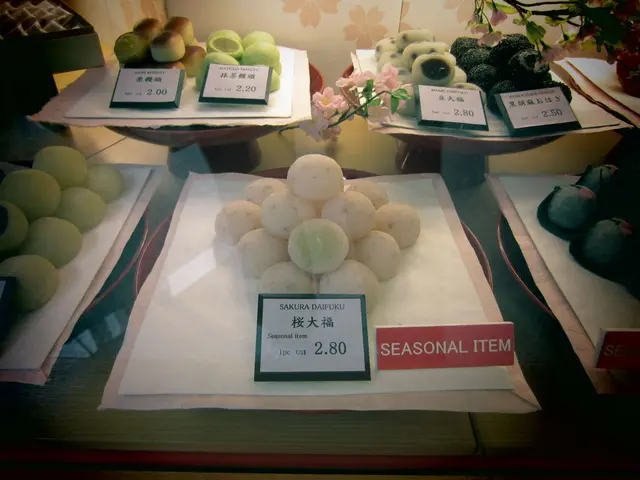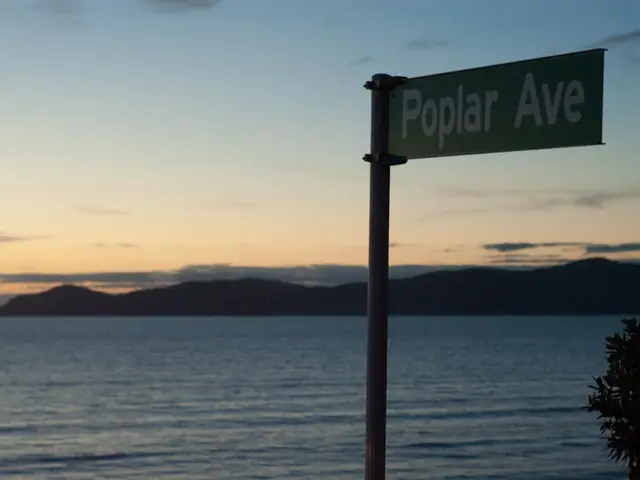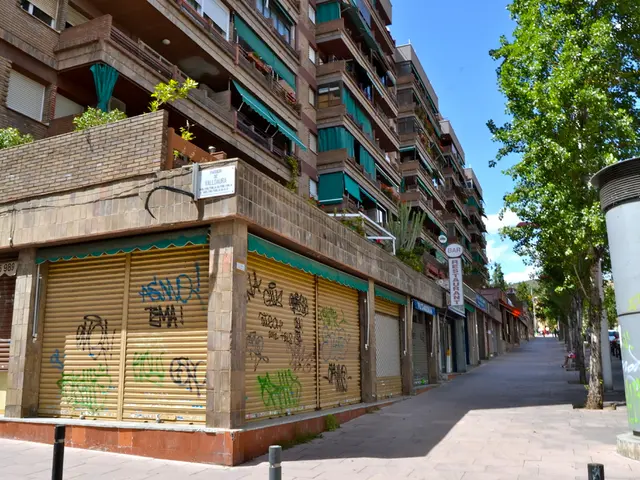Struggling Residents of Osaka's Ghetto amidst Global Exposition Fanfare
At the Osaka World Expo on September 8, 1970, Marlene Dietrich's performance of Lili Marleen captured the attention of Jotaro Shoji, a young laborer from the countryside. Shoji was not merely a fan, though; he had worked on the construction of the Czech pavilion and attended the concert as a tribute to his deceased colleagues who perished during the hurried project completion.
Following the event, the 25-year-old returned to Kamagasaki, a dilapidated ghetto in the Nishinari ward, where thousands of his peers resided in cramped and poorly ventilated dormitories. In his claustrophobic 50-cm by 170-cm room, Shoji contemplated the coworkers he had lost, as Lili Marleen echoed in his mind. He recalled how the workers who died without money or insurance were given funeral urns through collective efforts.
The Osaka World Expo, showcasing Japan's modern and hopeful face, spanned from March 15 to September 13, 1970. Thirty kilometers south, however, Kamagasaki remained a neglected aspect of the event, a grim daily labor market outside the public eye.
Fast-forward to 2025, as the Expo 2025 opened on Yumeshima Island, Kamagasaki persisted in Osaka's southern region. Despite the city's wealth, the district continues to grapple with demographic and economic challenges. An aging population and a rise in foreign residents characterize Kamagasaki, encounters that reflect both national trends and local labor needs.
Unit price increases due to real estate investment pose another issue, potentially threatening the affordability of housing for lower-income residents and risking the displacement of long-standing communities. Meanwhile, art and community initiatives aim to foster positive change in the area.
Exemplifying this effort is the Osaka Kansai International Art Festival, which celebrates the district's creative potential and aggregates artists and communities for mutual benefit. Platforms like "Kakoroom – Kamagasaki University of the Arts," fashion brand "NISHINARI YOSHIO," and the "Kioku Handicraft Museum Tansu" combine to position the area as a hub for artistic expression and manufacturing.
Historic preservation efforts also contribute to the revitalization of Kamagasaki, as venues such as the "Sanno Harmonica Nagaya" are restored to maintain the district's Showa-era heritage while embracing new creative ventures.
Fifty-five years after the Osaka World Expo of 1970, Kamagasaki remains a key area of social transformation, with art and community initiatives shaping its future identity and forging a new chapter in the district's history.
In the year 2025, as the Expo 2025 unfolds on Yumeshima Island, a focus on art and community initiatives has emerged as a significant aspect of the transformation of Kamagasaki, a district that continues to persist in Osaka's southern region. With platforms such as "Kakoroom – Kamagasaki University of the Arts," fashion brand "NISHINARI YOSHIO," and the "Kioku Handicraft Museum Tansu," this area is evolving as a hub for sustainable-living, home-and-garden, and lifestyle herself, embracing the district's rich history while fostering a more hopeful lifestyle for its residents.








